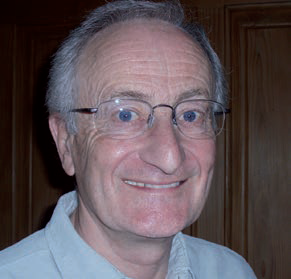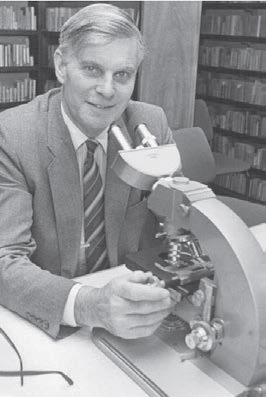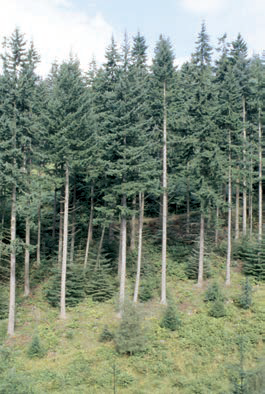Burning bright
20 June 2019This piece by Andrew True continues the WTS’s occasional theme of ‘unsung heroes’, whose work in the past has an influence on trade today
The late Dr John Brazier
FIMMM was an eminent wood scientist based at the prestigious government-financed Forest Products Research Laboratory (FPRL) during the 1960s to the 1980s. He fronted a group specialising in the anatomy of wood, its structures and its properties, and in his research he studied the effect of changes in plantation silviculture on the quality of timber thereby produced.
The Forestry Commission, at that time, planted all types of species and John’s team looked at what could be realistically possible. This was in addition to researching the large range of tropical hardwoods coming onto the market, in particular relative to their properties and end use classification.
John was instrumental in studying and identifying species, and their adaptability for timber production in the UK. One such example was the suitability of Sitka spruce for Scotland. Today, much of the Scottish production is based on Sitka, and Scottish supplies now account for a major share of the UK carcassing market.
He advocated a greater usage of Sitka (over alternatives such as Douglas fir and lodgepole pine), and that the quality (at that time) needed to be improved to aid its wider market acceptance – “better stem form, from genetic selection and by crop management could do much to improve log qualities, such as selective thinning to improve the final stand form and stem quality,” he said. He showed that 2,500 trees per hectare was the optimum to achieve an average of 90% usable framing timber from the crop. Standard practice today!
But his contribution to the timber trade is more than just that.
As a founder member, he was key in establishing the Institute of Wood Science (IWSc). He carried on with his interests well after the affiliation with the Institute of Materials, Minerals and Mining (IOM3), with the formation of the Wood Technology Society (WTS).
Many of us have undertaken study in wood science and technology, and the chances are that the courses, whether half day in-company training sessions or more substantial, were based on a format and content conceived and created by John.
In the 1950s John recognised the importance of educating the participants in the timber trade on a more formal basis, and as such set up and wrote courses under the IWSc. This was on a voluntary basis, and subsequent revisions and updating were all overseen by John.
He formulated the IWSc examination system, and for many years was chief examiner, a role he maintained well into retirement. His core belief was that the continuing well-being of the timber trade relied upon training and education.
This belief applies even more so today. Whilst there are no longer wood-based courses at regional colleges, there are a number of varied training opportunities open to the timber trade, whether it be via on-line learning (such as the IOM3 course) or by using in-company trainers or independent training specialists.
It is clear that as our trade becomes more technical, training and educating becomes more important.
John established a system of education that could eventually result in a PhD. Owing to subsequent government financial cuts, formal timber education at state level is now more difficult to attain. This must be reversed to enable the wood scientists of the future and the timber trade to work together, for the furtherance of wood as a modern material in a low-carbon and sustainable future.

